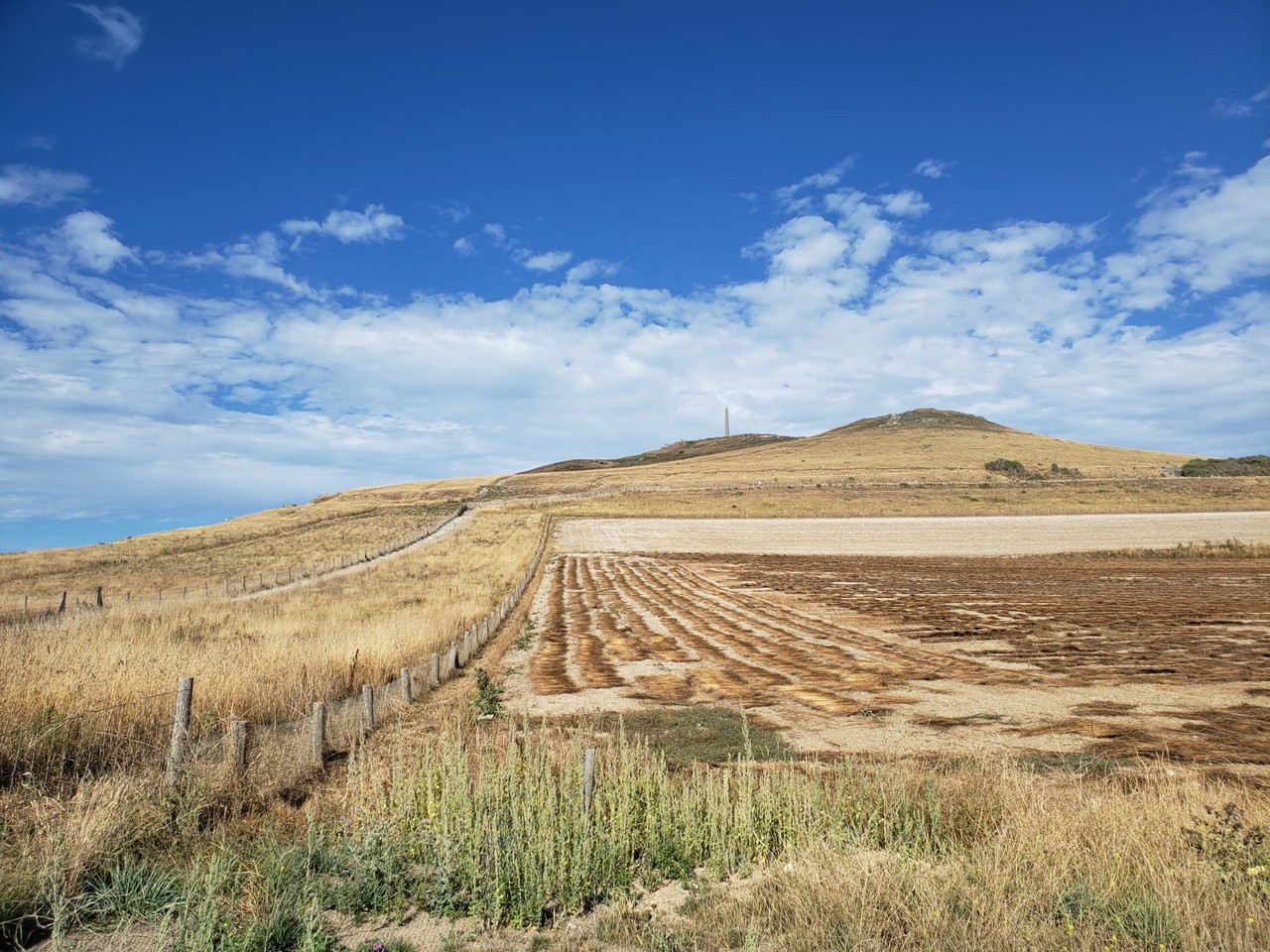While the Canadian forces pressed forward to capture Boulogne-sur-Mer and Calais, another strategic objective loomed: the heavy coastal artillery batteries positioned at Cap Gris-Nez and Cap Blanc-Nez. These powerful guns, operated by the German forces, posed a significant threat to both Allied forces advancing inland and naval convoys crossing the Channel. The batteries had long bombarded the British port of Dover and could target ships supplying the Allied forces in France.
The operation to seize these positions began on 25 September 1944. The first target was Cap Blanc-Nez, where the defending German troops were already suffering from severe dehydration and low morale. The Canadian assault, carried out with rapid precision, forced a quick surrender.
The next day, the Canadian forces turned their attention to the Lindemann Battery, a formidable artillery position near Sangatte. This battery, named after German Admiral Erich Lindemann, housed massive naval guns mounted on railway tracks. The Régiment de la Chaudière, backed by specialised tanks and heavy artillery, led the assault. Faced with overwhelming firepower and dwindling supplies, the German garrison surrendered without mounting a serious defence.
Finally, on 29 September, the focus shifted to Cap Gris-Nez, the last major artillery position still operational. This site housed 11 large-calibre guns, capable of striking deep into the Channel. The area had been heavily mined, adding to the difficulty of the assault. However, after sustained artillery barrages and coordinated attacks by Canadian infantry, the remaining German forces surrendered, bringing an end to their long-standing threat to Allied operations.
With the capture of these strategic positions, the Canadian forces not only removed a major military obstacle but also ensured the safety of Allied supply convoys crossing the Channel. The elimination of these batteries marked a key moment in the final push towards Belgium and the liberation of Western Europe.
